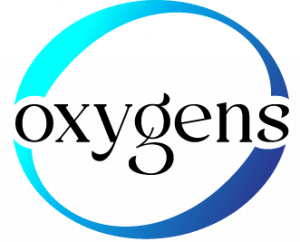Under Pressure! Hyperbaric Oxygen Therapy?

- Boyle’s Law: Imagine you have a balloon. When you squeeze the balloon, it gets smaller, and when you release the squeeze, it gets bigger again. Boyle’s Law is kind of like this but with gases. It says that if you increase the pressure on a gas (like squeezing the balloon), its volume will decrease. Similarly, if you decrease the pressure, the volume will increase. So, when you put a gas under higher pressure, it gets squished down into a smaller space.
- Henry’s Law: Imagine you’re stirring sugar into water. At first, the sugar dissolves easily, but as you keep adding more sugar, it becomes harder to dissolve. Henry’s Law is a bit like this for gases in liquids. It states that the amount of gas that can dissolve in a liquid is directly related to the pressure of the gas above the liquid. So, if you increase the pressure of the gas above the liquid, more gas molecules can dissolve into the liquid.
- Dalton’s Law: Imagine you have a bunch of friends at a party. Each friend has their own interests and they’re all chatting away. Dalton’s Law is kind of similar. It says that in a mixture of gases, each gas behaves as if it’s the only gas in the mixture. This means that the pressure exerted by each gas in a mixture is independent of the other gases. So, if you have a mixture of different gases, each gas contributes to the overall pressure in the same way as if it were alone.
Now, let’s apply these laws to fizzy water and hyperbaric therapy:
Fizzy Water (Carbonated Drinks): When you open a fizzy drink, you release the pressure that was keeping the carbon dioxide (CO2) gas dissolved in the liquid. Remember Boyle’s Law? The gas was dissolved under higher pressure in the sealed bottle, but when you opened it, the pressure decreased, causing the gas to come out of the liquid and form bubbles. Henry’s Law also comes into play here: with lower pressure at the top of the liquid (as you open the bottle), less CO2 can remain dissolved, so it escapes as bubbles.
Hyperbaric Therapy: Hyperbaric oxygen therapy involves breathing pure oxygen in a pressurized chamber. By increasing the pressure, the amount of oxygen that can dissolve in your bloodstream increases according to Henry’s Law. Breathing this oxygen-rich blood can help heal certain medical conditions. Dalton’s Law is important here too, as the increased pressure doesn’t just affect the oxygen but also the other gases you’re breathing. The increased pressure helps more oxygen molecules to dissolve into your blood, which can reach areas with low blood flow or injuries and promote healing.
So, in everyday terms, Boyle’s Law helps us understand how gases react to pressure changes, Henry’s Law explains gas dissolving in liquids, and Dalton’s Law helps us grasp how gases behave together in mixtures. These laws are the building blocks of understanding how gases behave in various situations, whether it’s your fizzy drink or a hyperbaric chamber!

